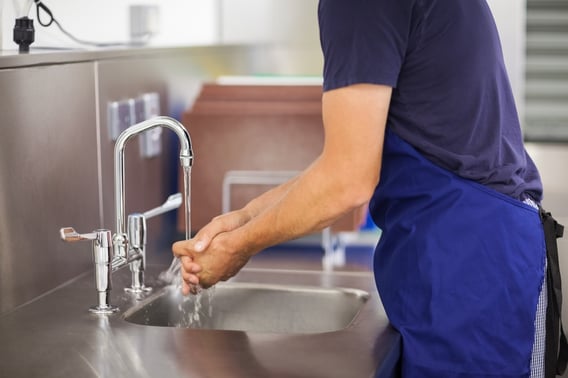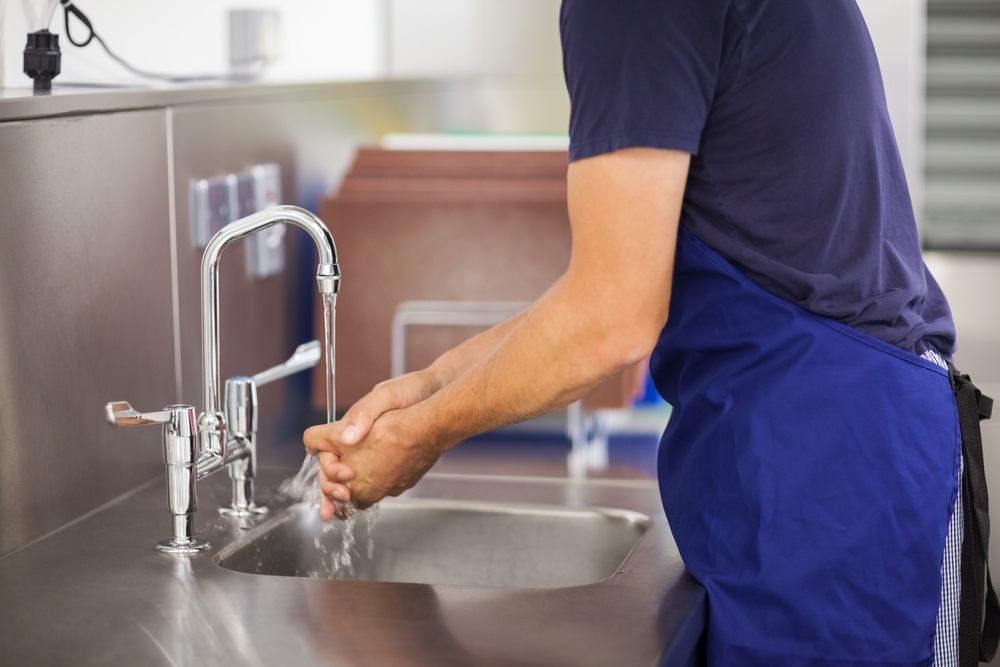
Scalding as a result of excessively hot water can pose a serious health risk, particular in care homes and hospitals where those exposed are often at increased vulnerability.
In 2012, an 88 year-old woman died at a care home in North Wales after being lowered into a scalding hot bath that did not have a Thermostatic Mixing Valve fitted.
Tragedies such as this highlight the importance of regulating the temperature of a water supply, and TMVs are now commonly found in buildings within the hospitality sector as well as all new-build homes, as a result of recent regulation.
TMVs, however, can also present the perfect conditions for the build-up of Legionella, the bacteria responsible for causing Legionnaires’ disease, and must be maintained correctly where used.
Here’s a look at how the devices work and why they must be serviced regularly.
How does a Thermostatic Mixing Valve work?
A Thermostatic Mixing Valve is an instrument that blends hot and cold water to produce a constant and safe water temperature for baths and showers. Typically, this limits the water flow to a maximum of around 48°C. It’s crucial that these devices are fitted and maintained properly. The valve should be fitted as close to the outlets as possible and ideally should not feed more than a couple of outlets. If they are fitted directly to the Calorifier the risk of bacteria growth will be greater, as the water travelling through the pipework should be no lower than 50°C.
Maintaining Thermostatic Mixing Valves
As these devices present a risk of Legionella growth, recent health and safety guidance from the Health and Safety Executive (HSE) has now made it compulsory for inspection and servicing to be carried out annually. This process includes cleaning, descaling and disinfecting the TMV and also presents an opportunity to ensure the water is being mixed at the correct temperature.
To find out more about our TMV servicing, download our free checklist below.






